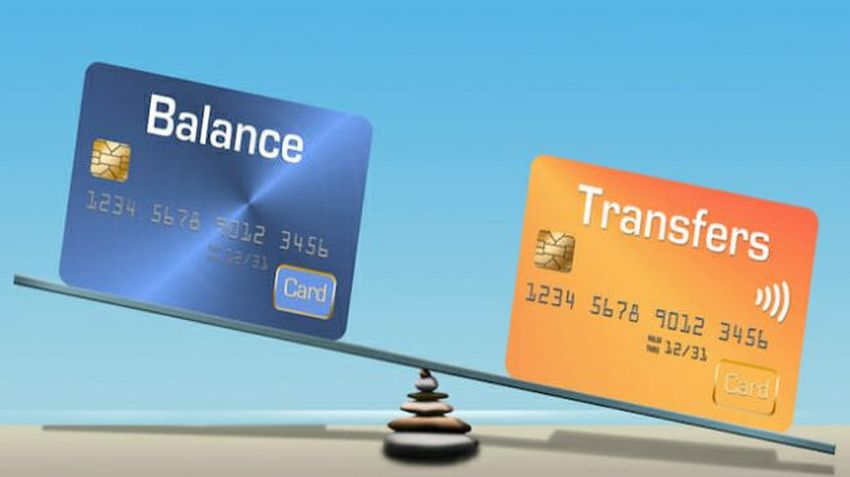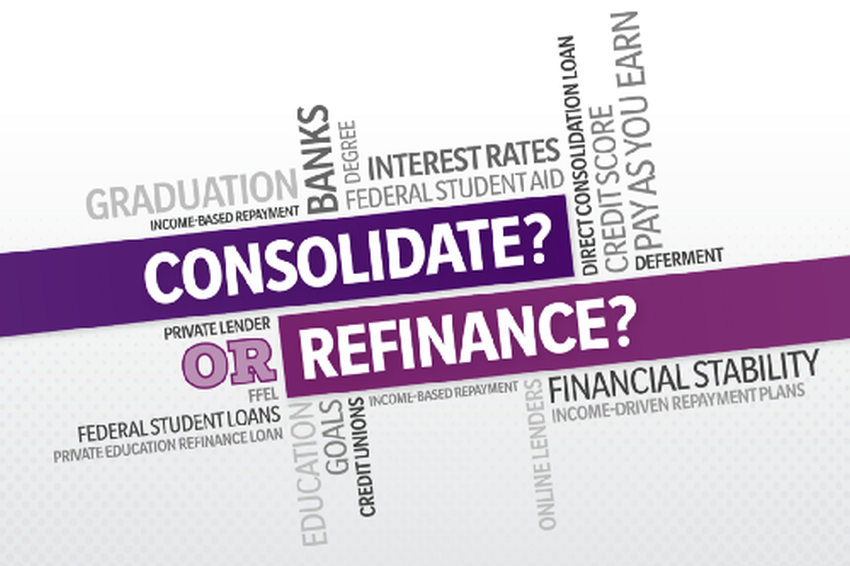You finally landed that loan you wanted in order to get out of a certain problem: It could be a home renovation, a medical emergency, or a huge one-off purchase. However, it’s one thing to take out a personal loan and another to repay it.
Whatever the reason you had of taking out the loan, using these personal loan tips can help you save a lot of money.
Key Points:
- Automating payments helps avoid late fees and may qualify you for interest rate discounts.
- Making biweekly payments can lead to significant savings over the loan term.
- Transferring balances to a 0% APR credit card can reduce interest costs.
- Consolidating or refinancing loans can lower interest rates and simplify payments.
- Timely payments protect your credit score and avoid penalties.
Page Contents
1. Consider Automating Your Payments

source:littlehotelier.com
It’s a sad, but well-known fact that late payments result in penalties. Most of the time, these late payments are a result of your own doing, but sometimes not.
You’re human, you forget and that’s understandable. However, why not make use of technology to save you the money you’d have otherwise used on paying penalties?
Automating payments is a fantastic and hassle-free way of managing your loan payments. Almost all banks these days have an AutoPay option, which allows consumers to set a certain amount to be deducted every month.
If you’re making extra payments (we’ll look at this in more detail shortly), this is also an easy way of submitting these payments.
2. Make Additional Payments

source:mortgagecalculator.biz
Here’s the thing. Banks and other lenders want you on their repayment list for as long as possible. This way, they can make more money on the monthly installments. However, there’s a way you can shorten your loan repayment period.
After taking out a loan, you’ll have to make monthly installments. In a year, this translates to 12 payments and a whole lot of money. Instead of going down this path, consider making biweekly payments.
By using this method, you’ll make an extra two payments by the close of the year. This happens despite paying more or less the same amount every month. Here’s how the math falls into place:
A year has 52 weeks. This means if you choose a biweekly schedule, you’ll end up with a total of 26 payments. On the other hand, if you go with the monthly payments, you’ll make 24 payment—a difference of two installments.
Now, two may sound like a negligible number, but the figures at the end of the year will shock you. Take a look at this simple example:
Let’s say you took out a $20,000 loan with an annual interest rate of 14% to be repaid over 7 years. Going with monthly installments means you’ll pay $374.80 every month. Therefore, the total amount you’ll pay at the end of the 7 years will be $31,483.22.
If you switch to biweekly payments, you’ll pay $187.40 twice a month. In the long run, you’ll only have to pay $29,772.95. This means you’ll save a whopping $1,710.27.
3. Consider Transferring Your Balance to a Credit Card

source:moneyunder30.com
A balance transfer card is a great option for people with a few steps remaining to clear their loan. If this is you, then transferring your loan balance would be a fantastic move to save on interest.
Finding credit card companies that allow such balance transfers is easy because they are many. Furthermore, some of them will offer 0% APR for up to 24 months, thereby saving you a lot of money.
Let’s use the same $20,000 with all terms remaining constant. If you have a balance of $4,000, transferring this amount to a 0% APR card for 24 months will see you save around $600.
However, before you can jump onto this idea, it’s crucial to prepare a budget. This will help you know whether you’re able to repay this debt based on the card’s terms. If your calculations are correct, then this will be a great money saver.
Also, it’s worth noting that credit companies offering 0% APRs only do so to the balance transferred to the card and not new purchases.
Therefore, it’ll be wise to know what the regular rate will be once the promotion ends. Apart from saving you money on interest, you’ll have a credit card to use when making other purchases.
4. Consolidate or Refinance Your Loans

source:medium.com
Many people don’t understand loan consolidation or refinancing, yet either one could go a long way in saving them a lot of money in interest. Some believe the hassle of changing lenders and loans is a lot of work, but it’s worth the work.
If you have multiple loans either with one or with different lenders, consolidating them into a single loan will save your wallet from more damages. And this website: https://nation21loans.com will help you to search for a suitable lender who can give you an approval for enough amount that you need. First, you’ll repay your remaining balance with a new and lower interest rate. Second, it’ll be easy to make the payments because you only have one loan to think about.
Still sticking with the $20,000 loan, the same repayment period and the same 14% APR, a reduced interest rate could go a long way in saving you money. For example, if you already cleared $10,000 within three years, it means you still have $10,000 in balance and a 4-year repayment period.
If you consider refinancing the $10,000 at a reduced rate of 12%, you’ll pay a reduced monthly installment and also save a staggering $2,640. This is because at 14% APR, you’ll need to pay $273.26 in monthly installments culminating to a total of $3,116.71 in interest. On the other hand, at 12%, you’ll only pay $263.24 in monthly installments, totaling $2,640.24 in interest.
As you think about whether to go ahead with loan consolidation, remember to consider additional costs such as origination fees and early payment fees or other extra fees the lender may impose on the loan.
5. Make On-time Payments

source:home.paynearme.com
After agreeing on the total loan amount, you and the lender will agree on the repayment period. This will include monthly installments for this entire period. Late payments will only damage your credit score and dent your pocket due to penalties.
You can also consider clearing your loan early but only do so if the lender doesn’t charge early payment fees. If they don’t, draft a budget which will enable you to make more in monthly payments than the agreed amount or even clear a huge amount if you have the money.
6. Use the Debt Avalanche Method to Minimize Interest
The debt avalanche method is a strategy that prioritizes paying off loans with the highest interest rate first. It doesn’t lower your monthly budget but shifts where you apply any extra funds. You continue to make minimum payments on all debts but focus surplus funds on your most expensive one. That means your dollars attack the loan costing you the most.
This method reduces the total interest you’ll pay over time. It also helps you stay motivated as you track progress by the savings made rather than the size of the loan.
Steps to follow:
- List all debts from highest to lowest interest rate.
- Make minimum payments on all loans.
- Apply extra money to the debt with the highest rate.
- Move down the list as each one is paid off.
It’s simple, aggressive, and financially efficient.
7. Monitor Your Credit Score Regularly
Your credit score influences the interest rates you qualify for. A strong score opens doors to lower-cost loans, better balance transfer offers, and easier refinancing. Monitoring your score helps you keep tabs on progress, spot errors, and stay proactive.
Credit monitoring tools are free and often included in banking apps or offered by major credit bureaus. Regular reviews help catch identity fraud and incorrect reporting early.
If your score dips, take immediate steps to correct the issue—dispute inaccurate items, pay overdue balances, or reduce your credit utilization ratio. Small habits like timely bill payments and avoiding new credit inquiries can also protect your score.
Knowing your score isn’t just for loan applications—it’s a tool for long-term financial planning.
8. Avoid Unnecessary New Debt
Taking out new credit while repaying a loan can undermine your financial strategy. New loans increase your total debt burden and can strain your monthly budget. Lenders might also view you as a higher-risk borrower, leading to worse loan terms in the future.
Avoiding new debt means being realistic about your current capacity. If you don’t need to buy something on credit—don’t. Focus instead on building an emergency fund. This keeps you from reaching for a credit card when something goes wrong.
When you do need to borrow again, you’ll be in a better financial position and may qualify for more favorable terms.
Discipline today creates more financial freedom tomorrow.
9. Seek Professional Financial Advice
Some people try to manage complex financial problems on their own and get stuck. That’s where professional financial advice comes in. A certified advisor can help you make smart choices about loan restructuring, repayment plans, or managing multiple debts.
They’ll review your full financial picture, not just your loan, and help create a tailored repayment strategy. This often includes budgeting, forecasting, and debt management tools.
Professional advice becomes especially useful if your income has changed or if you’ve missed payments. Don’t wait until you’re in crisis—an advisor can prevent deeper issues.
Sometimes, one expert session can save you thousands over the life of your loan.
Final Thoughts

source:sproutcents.com
Reduced fees and low-interest rates are just some ways you can use to save money when repaying a loan, as stated by insolvencysupport.co.uk. By using these 5 simple tricks, you’ll be on your way to saving a lot of money in interest and even clearing the loan faster than anticipated.
It’s also important to mention these tips and tricks may not apply to everyone, so be careful when using them.





